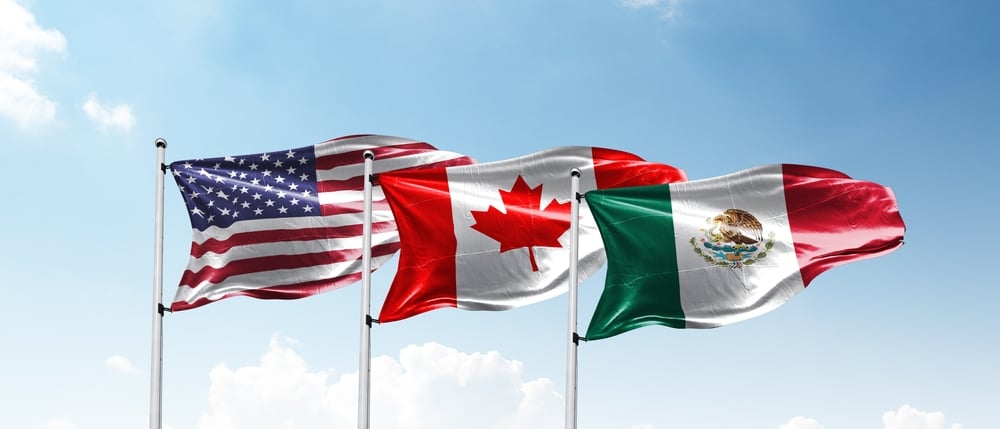Mexico's economy has been expanding lately, according to Reuters. Mexico reported expansion in January, particularly in the industrial sector.
The economy grew by 0.09 percent in January from the previous month. Last year showed a sluggish Mexico with growth of only 1.1 percent. Year-over-year, January's expansion was 0.83 percent.
Last year's slow growth does not necessarily indicate that 2014 will be a stagnant year. In fact, there are signs that Mexico's investment with foreign countries will improve its economy in a big way. According to Canadian Plastics, the manufacturing plants built by Nissan, Mazda and Honda are producing so many cars that the auto industry alone will add 1 percentage point to the country's economic growth.
Less competition with China
Additionally, there is decreased competition in the offshoring community as wages from China continue to rise, according to Metal Miner. The source predicted labor would continue to increase by 18 percent a year. By the end of 2014, labor costs will be higher in China than Mexico, and they will continue to become more expensive even then. Additionally, the yuan is rising in value. Since 2004, it has gone up by 26 percent in value relative to the U.S. dollar. In contrast, the peso has become 27 percent cheaper.
Natural gas is more expensive in China, according to Metal Miner. China pays between 50 to 170 percent more for natural gas. Mexico, by contrast, pays much less, because much of its gas is imported from the U.S. Electricity in China will likely rise as well, due to the cost of coal, which is becoming more expensive. Industrial electricity in Mexico is 0.11 cents, while in China, it is 0.13 cents.
Metal Miner reports that labor in Mexico is more productive when measured in metric tons of metal produced for manufacturing. One plant in Mexico can produce 1,350 metric tons, but China can only produce 1,230 metric tons.
It is cheaper to get metals from Mexico versus China because of this and also because many manufacturing companies have already begun expanding to Mexico. By nearshoring, American companies have the benefit of cheaper, more productive labor, along with a ready source of available metals to begin construction with. China, by contrast, requires a long, expensive shipping process with tariffs. Thanks to the North American Free Trade Agreement (NAFTA) shipping products between the U.S. and Mexico is almost always tariff-free.
Mexico is building U.S. ties
Mexican cities have also begun connecting with cities in the U.S. Brownsville-Harlingen, Texas, is uniting with Mexican city Matamoros in the Mexican state of Tamaulipas. Together, the three cities have signed an agreement that will further the process of coming together as trading partners, according to the Brownsville Herald.
The cities sit close together, with Matamoros just across the Texas border.
"It's really one economic system, so we're all tied together," said Mike Gonzalez, president of United Brownsville.
The goal of the three cities is to begin acting as one economic unit.
"We have these two great, strong economies going on both sides," Gonzalez said. "There has to be a way for us to tap into those supply chains and not be excluded."
In Matamoros, the maquiladora industry annually produces $8 billion in sales of its manufacturing products.
Subscribe
Sign up and stay informed with tips, updates, and best practices for manufacturing in Mexico.





